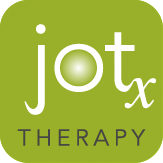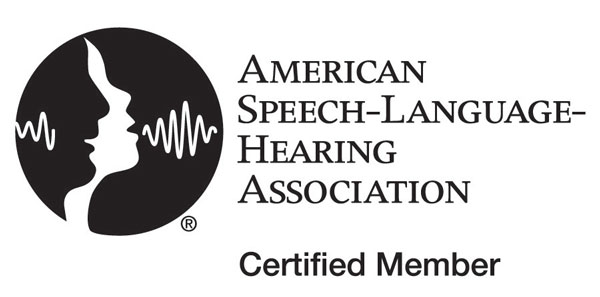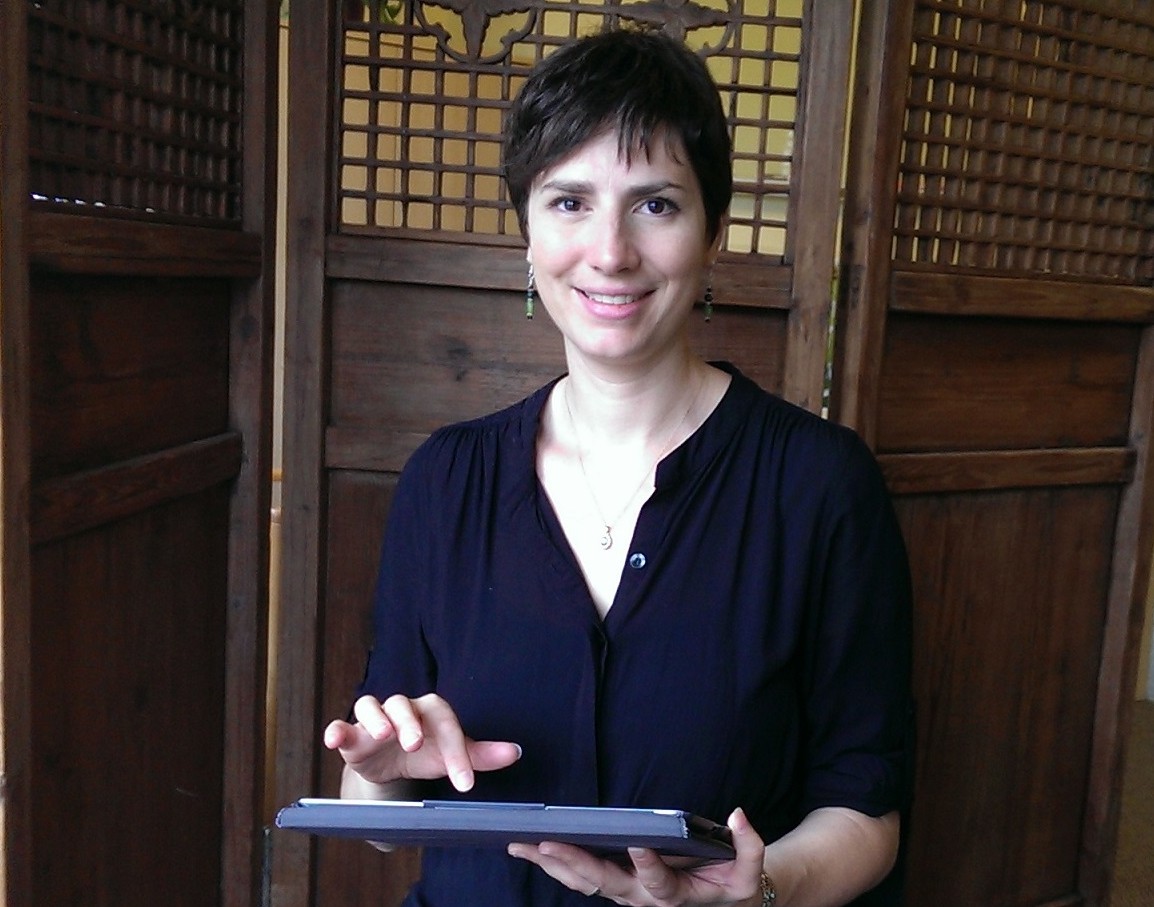JOTx is joining RESEARCH TUESDAY! We are excited to join the rest of the SLP bloggers in their quest to promote research in our field. Thanks to Rachel Wynn for starting this adventure! We are a little late to the party but better late than never! If you are interested in participating, you can sign up on her blog at Gray Matter Therapy!
ARTICE:
PURPOSE:
The study attempted to provide a foundation for determining AAC solutions, whether low or high tech, for persons with dysarthria by answering specific questions during assessment.
THE STUDY:
Three case studies were presented to demonstrate the effectiveness of using a set of questions when determining what AAC system is best suited for an individual, despite differences in etiology, AAC needs, and prognosis. There was a common thread between each individual; each was highly motivated to speak, even if not well understood by others.
THE QUESTIONS:
Each assessment presented in the study involved systematically answering questions about the following:
- Impairment- acquired or congenital?
- Prognosis- stable, improving, or degenerative?
- Intelligibility of habitual speech across communicative partners?
- Communication Partners- who are they?
- Partner’s attitude toward speech therapy? Toward AAC interventions?
- Partner’s attitude/motivation for using AAC strategies?
- Language skills? If not WNL, strengths/weaknesses?
- Partner’s literacy skills?
- Comprehension of visual symbols (other than orthographics)?
- Mobility/independence? What is a good AAC system match?
- AAC features needed if AAC system indicated?
SUMMARY:
Quite simply, the study showed that despite having clients with vastly different AAC needs, using a systematic approach for assessment was an effective means of determining an AAC solution to meet each client’s specific goals. The study in no way indicates that this list is exhaustive but merely a framework from which other questions may emerge.
THOUGHTS:
Determining the appropriate AAC device for your client can certainly be overwhelming, especially for those of us who don’t do it regularly.
While there are many resources available to get started with determining an appropriate AAC solution, it is helpful to have the process streamlined for specific populations. While not terribly different than questions I am already familiar with, it is always helpful to consider disorder specific assessment ideas.
Happy Tuesday!





